Sofrito is a flavorful cooking base made from sautéed aromatic ingredients like onions, garlic, peppers, and herbs that forms the foundation of many Latin American, Caribbean, Spanish, and Filipino dishes. It's not just a recipe - it's the essential flavor starter that transforms simple ingredients into complex, restaurant-quality meals.
Unlike raw ingredients, properly prepared sofrito unlocks deeper flavors through controlled cooking techniques. This guide reveals exactly what's in sofrito, how regional variations differ, common mistakes to avoid, and step-by-step instructions anyone can follow to make authentic sofrito at home.
What Exactly Is Sofrito?
Sofrito serves as the flavor foundation for countless dishes across multiple cuisines. While recipes vary by region, all authentic sofrito begins with a mixture of fresh aromatics that are finely chopped or blended, then gently cooked to develop complex flavors impossible to achieve with raw ingredients.
The magic happens when heat triggers chemical reactions between the ingredients - creating rich, savory notes through Maillard reactions and allowing oil to extract flavor compounds that water cannot. This "flavor catalyst" then infuses every subsequent ingredient added to the dish.
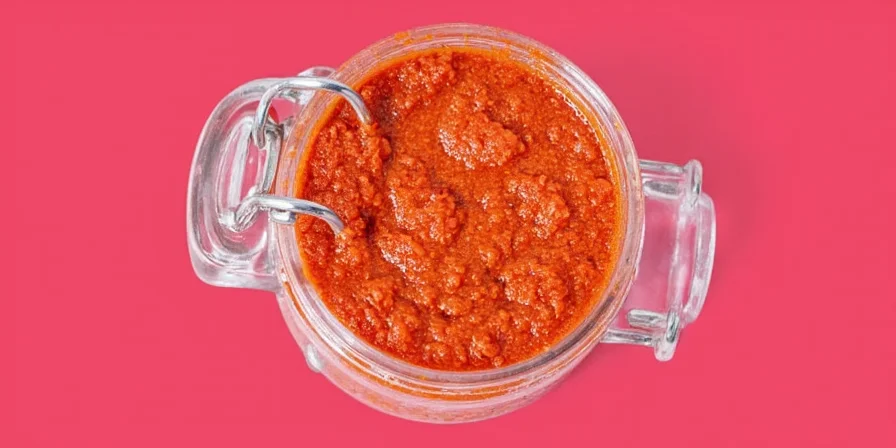
The Core Ingredients in Authentic Sofrito
While regional variations exist, most authentic sofrito recipes include these essential components:
- Onion – White or yellow onions provide foundational sweetness
- Garlic – Adds depth and savory complexity
- Bell Pepper – Typically red or green for balanced sweetness
- Herbs – Cilantro or other regional herbs for freshness
- Cooking Fat – Olive oil, lard, or other fats to extract flavors
| Ingredient | Basic Function |
|---|---|
| Onion | Creates foundational sweetness through caramelization |
| Garlic | Provides savory depth when properly cooked |
| Bell Pepper | Adds balanced sweetness and color |
| Herbs | Contributes distinctive fresh flavor notes |
| Cooking Fat | Extracts and carries flavor compounds throughout the dish |
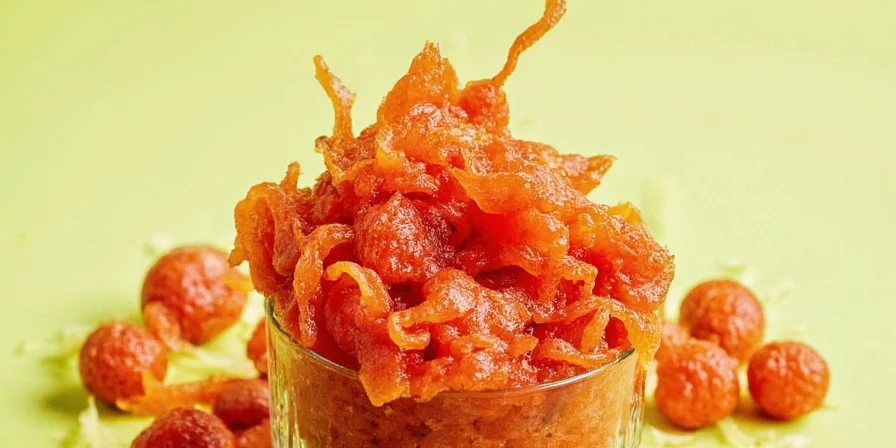
Regional Variations of Sofrito
Understanding these authentic regional differences helps you choose the right sofrito for specific dishes:
Spanish Sofrito
Features tomatoes and paprika with olive oil or pork fat. Traditional Spanish sofrito never includes cilantro and often contains saffron for paella. The tomato base creates a richer, deeper flavor profile perfect for seafood dishes and rice preparations.
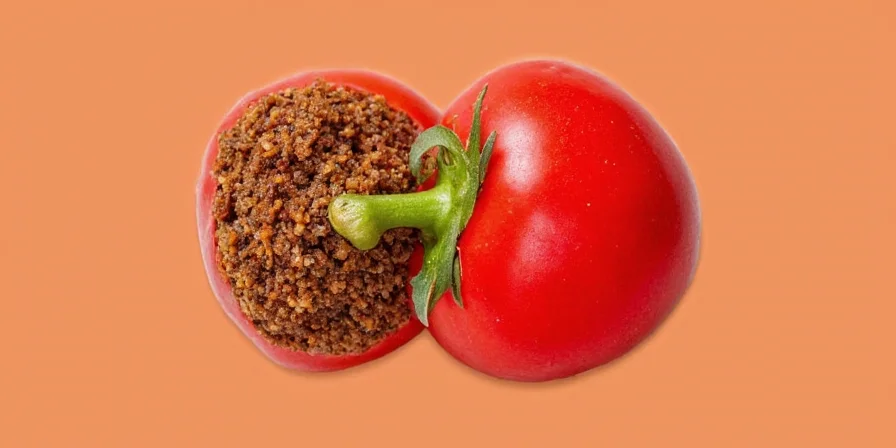
Puerto Rican Sofrito
Distinguished by abundant cilantro and ají dulce peppers (a mild, sweet chili). This vibrant green sofrito forms the base for mofongo, arroz con pollo, and many stews. The absence of tomatoes preserves bright, fresh flavor notes essential to Puerto Rican cuisine.

Cuban Sofrito
Similar to Puerto Rican but typically includes cumin and oregano early in cooking. Cuban sofrito often contains ham or bacon for added depth in meat-based dishes like ropa vieja and picadillo.
Italian Soffritto
Spelled with double 'f', this base uses equal parts onion, celery, and carrot (called 'soffritto trinity'). The celery provides distinctive flavor notes different from Latin sofrito, creating the foundation for many Italian sauces and soups.
Caribbean Variations
Often include Scotch bonnet peppers for subtle heat, along with thyme and allspice. These sofritos balance fiery notes with sweet and herbal elements, perfect for jerk seasonings and tropical stews.
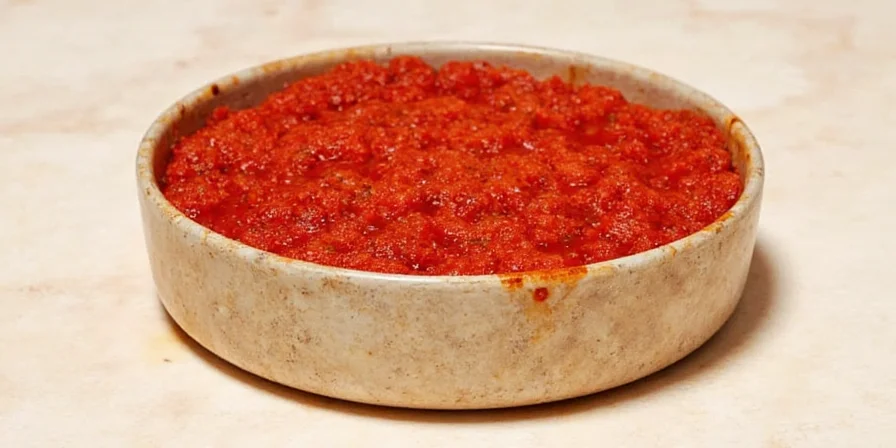
How to Make Basic Sofrito at Home
Follow this simple method for authentic results every time:
- Prepare ingredients: Finely chop 1 onion, 4 garlic cloves, 1 bell pepper, and a handful of cilantro
- Heat oil: Warm 2 tablespoons of olive oil in a pan over medium-low heat (oil should shimmer but not smoke)
- Sauté aromatics: Cook onions and peppers for 5-7 minutes until softened but not browned
- Add garlic: Stir in garlic and cook for 1-2 minutes until fragrant
- Finish with herbs: Remove from heat and stir in fresh cilantro
- Cool and store: Transfer to container, cover with thin oil layer, and refrigerate or freeze
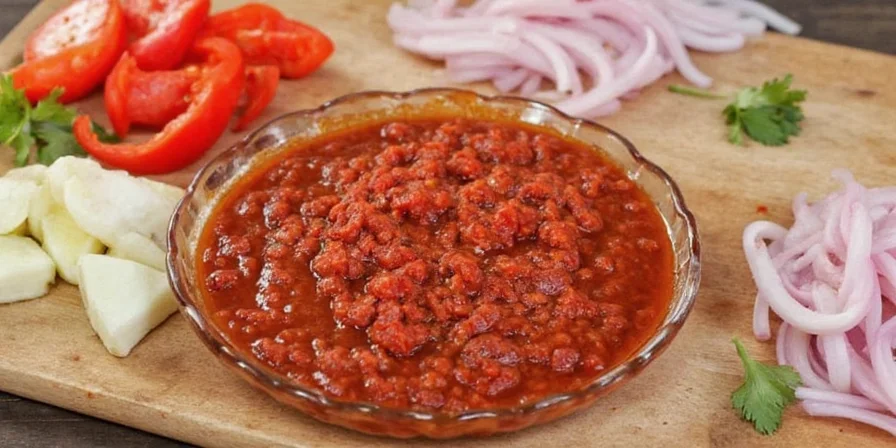
Avoid These Common Sofrito Mistakes
Even experienced cooks make these errors that ruin flavor:
- Overheating the oil: Smoking oil creates bitter compounds. Heat to shimmer point only (about 350°F/175°C)
- Adding all ingredients at once: Delicate herbs like cilantro should be added at the end to preserve flavor
- Using water-based liquids: Water prevents proper flavor extraction - use oil for maximum taste transfer
- Over-blending: Creates heat that destroys volatile flavor compounds. Pulse briefly if using blender
- Skipping the oil seal: Proper storage requires covering with thin oil layer to prevent oxidation
How to Use Sofrito in Your Cooking
Maximize flavor impact with these application methods:
For Rice and Grains
Sauté 2-3 tablespoons of sofrito in oil before adding rice. This coats each grain with flavor, creating more aromatic results than adding sofrito later.

For Stews and Braises
Add sofrito early in cooking to allow flavors to meld with proteins and vegetables. For best results, brown meats first, then add sofrito and cook for 5 minutes before adding liquids.
For Quick Dishes
- Scrambled eggs: Stir 1 tablespoon into eggs before cooking
- Sauces: Enhance tomato sauce with 2 tablespoons sofrito
- Bean dishes: Add during last 15 minutes of cooking
Frequently Asked Questions About Sofrito
What's the difference between sofrito and mirepoix?
Mirepoix (French) uses onion, celery and carrot, while sofrito (Spanish/Latin) typically features onion, garlic, peppers and herbs. Mirepoix is usually cooked slowly as a base, while sofrito often includes fresh herbs added at the end.
How long does homemade sofrito last?
Refrigerated: 5 days in airtight container with oil layer on top. Frozen: 4 months when stored properly in ice cube trays then transferred to freezer bags.
Can I make sofrito without a food processor?
Absolutely. Finely mince all ingredients by hand - this actually creates better texture for some dishes. Traditional Puerto Rican sofrito was always hand-chopped before blenders existed.
Is sofrito gluten-free and vegan?
Traditional sofrito is naturally gluten-free and vegan. Some Spanish versions use pork fat, so check ingredients if following specific dietary needs.
What dishes use sofrito as a base?
Countless recipes: paella, arroz con pollo, picadillo, sancocho, feijoada, various bean dishes, and many soup and stew recipes across Latin American and Caribbean cuisines.
Final Thoughts
Mastering sofrito transforms your cooking from ordinary to extraordinary. By understanding the basic components and regional variations, you can create authentic flavors that elevate simple ingredients into memorable meals.
Start with the basic recipe, experiment with regional variations, and soon you'll develop your own signature sofrito blend. The next time you cook, remember that this simple flavor base holds the secret to restaurant-quality results in your own kitchen.
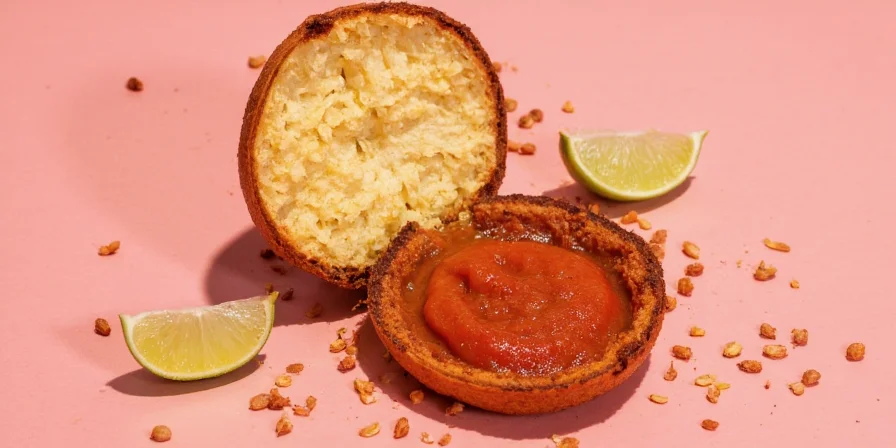

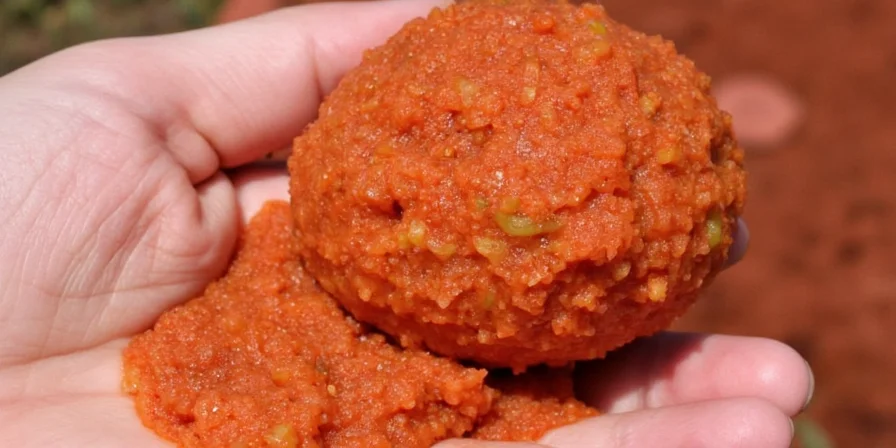









 浙公网安备
33010002000092号
浙公网安备
33010002000092号 浙B2-20120091-4
浙B2-20120091-4